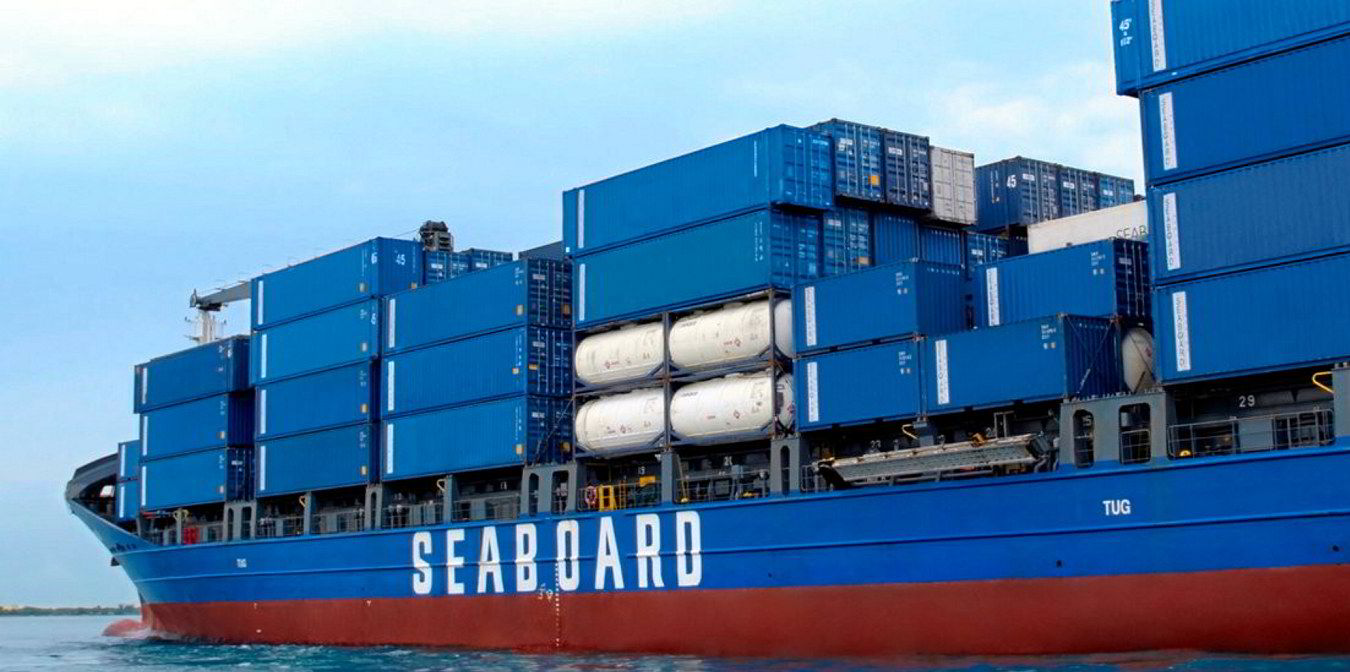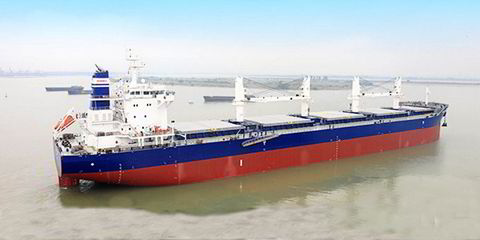More product tanker newbuilding contracts have been agreed in the first six months of 2023 than in the whole of last year, according to Bimco.
The product tanker orderbook-to-fleet ratio has increased from 5.4% in December 2022 to 9.3% in June, driven by a 337% year-on-year rise during the first half, the shipowner industry group said.
LR2s have led the way with orders amounting to 5.6m dwt this year, more than 60% of the total. The LR2 orderbook now stands at 21.6% of the current fleet, it said.
Strong order growth was also reported in the MR segment and for LR1s, with 10 orders this year, the first since 2018.
TradeWinds reported earlier this month that Greece’s Evalend Shipping has commissioned China’s Yangzijiang Shipbuilding to build four conventionally fuelled 75,000-dwt LR1s.
Metrostar Management, also of Greece, has ordered two LR1s from the Singapore-listed yard for delivery in late 2025.
“A spike in freight rates and product tanker demand is likely behind the surge in contracting,” said Filipe Gouveia, shipping analyst at Bimco.
“The product tanker fleet has been gradually ageing over the past 10 years, and the average ship is now nearly 13 years old.
“The increase in contracting will help the sector address the increased market demand and could help rejuvenate the fleet.”
With peak oil on the horizon, Gouveia said the pick-up in contracting could slow down in the medium term.
Enthusiasm for the newbuildings is driven by increased earnings following the European Union ban on Russian oil product imports from February that has resulted in tankers sailing longer distances and boosted tonne-miles.
Freight data analyst Kpler said Russian clean export flows remain volatile and swings in the use of vessels and export destinations continue to have an impact on rates.
Senior freight analyst Matthew Wright said the latest changes have suggested a trend away from LR tankers and towards MRs.
Some of the biggest impacts have been seen with a decline in Russian exports to Saudi Arabia, which had been hauled mainly by LR2s.





